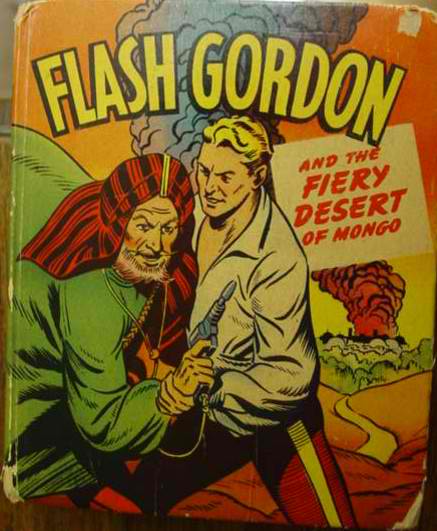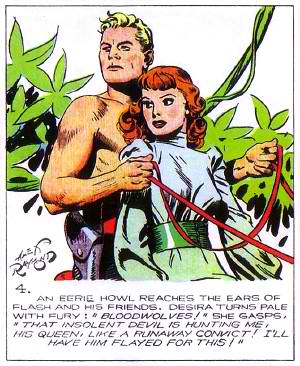DANGEROUS BEAUTY: The Kung Fu Fantasies of Zhang Yimou

“Even without a weapon, the warrior can slay his enemy from a hundred paces. But the ultimate ideal is when the sword disappears altogether.
The warrior embraces all around him. The desire to kill no longer exists.
Only peace remains.”
–The King of Qin, HERO
Back in 2000 director Ang Lee reinvented the kung fu film (or “wuxia film”) with his Oscar-winning CROUCHING TIGER, HIDDEN DRAGON. Inspired by the great tradition of Chinese martial arts films, Lee brought solid storytelling, deft acting, and superb special effects to bring a new originality to the genre. The film set a new bar for kung fu flicks, where over-the-top action and supernatural elements blended seamlessly with high drama and solid scripting. Yet for Lee this was not the first installment of a new series, or a new direction for his creativity. CROUCHING TIGER, HIDDEN DRAGON was his single entry into the martial arts film genre–he quickly moved on to other types of films.
In 2002 a film called HERO was released in China by well-established director Zhang Yimou, who was acclaimed for such “serious” (i.e. non-action) films such as RAISE THE RED LANTERN and TO LIVE. Two years later, HERO hit American cinemas (thanks to Quentin Tarantino championing the film) and established Yimou as the new reigning king of the kung fu flick. What Lee failed to do (i.e. continue exploring the fertile ground of his CROUCHING TIGER universe), Yimou did with style, finesse, and sheer visual bravura.
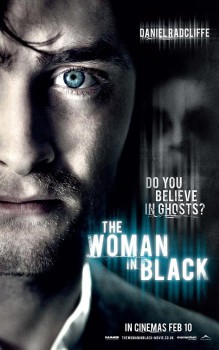 The Woman in Black (2012)
The Woman in Black (2012)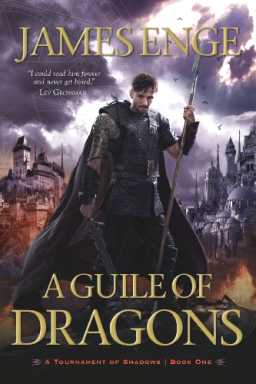

 Last Wednesday, DC Comics announced a new publishing venture: “Before Watchmen,” a set of related miniseries that would act as a prologue to the best-selling and critically acclaimed Watchmen graphic novel. The news was met with a considerably mixed reaction. Alan Moore, writer and primary creator of Watchmen, has spoken out against the project. Personally, I’m not going to buy any of DC’s new series, and I want to explain why.
Last Wednesday, DC Comics announced a new publishing venture: “Before Watchmen,” a set of related miniseries that would act as a prologue to the best-selling and critically acclaimed Watchmen graphic novel. The news was met with a considerably mixed reaction. Alan Moore, writer and primary creator of Watchmen, has spoken out against the project. Personally, I’m not going to buy any of DC’s new series, and I want to explain why.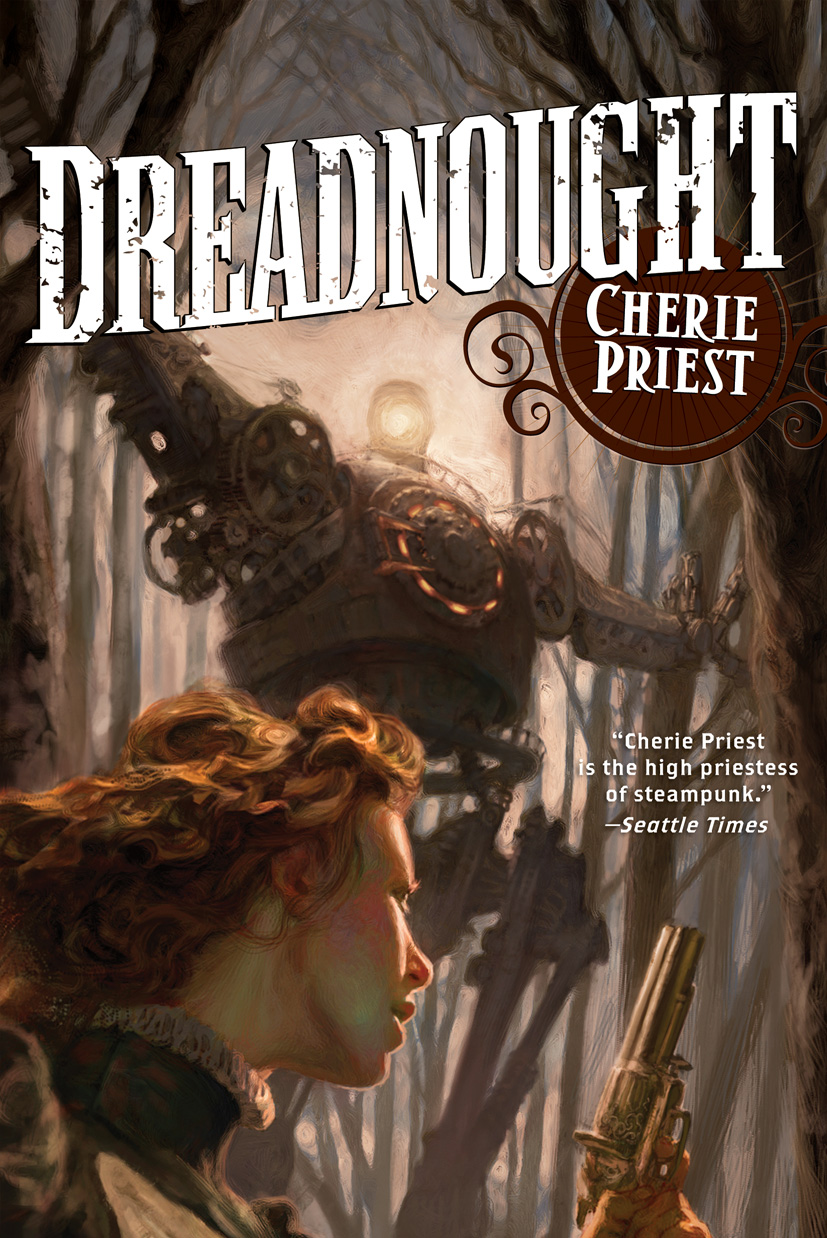 Dreadnought
Dreadnought 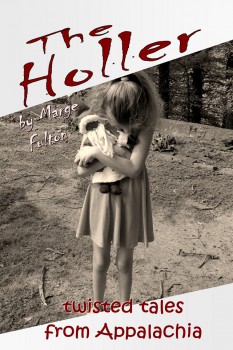 The Holler
The Holler So it now it seems
So it now it seems  Fit for Heroes (in which the land is neither fit for heroes nor populated with behavior typically classified heroic) by Richard K. (whose middle initial is used on book jackets only on the American side of the pond for some reason) Morgan describe it as “genre busting.” That’s not just some publicist’s hyperbole. You can read the complete review over
Fit for Heroes (in which the land is neither fit for heroes nor populated with behavior typically classified heroic) by Richard K. (whose middle initial is used on book jackets only on the American side of the pond for some reason) Morgan describe it as “genre busting.” That’s not just some publicist’s hyperbole. You can read the complete review over 